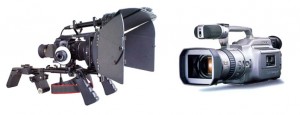 I’m a gear guy and I have HD gear. Yes, even my phone shoots HD now. But does that mean SD gear is dead? Not at all.
I’m a gear guy and I have HD gear. Yes, even my phone shoots HD now. But does that mean SD gear is dead? Not at all.The best kind of money to make is on projects that require no new investment. Because if you’re constantly paying off new gear then you’re not making as much money as you could. So where and how do you use SD gear in the age of HD?
The company that was hired for the gig already owns SD gear. Doing it in HD would require renting HD gear from cameras to delivery. By going with SD gear, there’s zero rental cost so all the revenue goes in the pocket. They all work with gear they know. They use the equipment they have and, even despite numerous last minute changes and client additions/deletions, the event goes off flawlessly with many compliments on the coverage and the video playback.
The same goes for sporting events. Kids hockey, cheerleading and more. Parents want instant gratification. So would your money be better spent buying new HD gear, or in a fast DVD rack that can quickly duplicate a master DVD you record live during the event. In the time it takes for the kids to change from back into “street clothes,” you have finished DVD’s waiting for the parents to take home at $45 a pop. That makes parents/customers very happy and dramatically lowers your delivery costs.
How about corporate work. Everything is HD, right? Not really. I spent 5 years working for Merck, one of the largest pharmaceutical companies and for every webcast, even the SD image was sized down to fit the field representative’s laptop screen. On the right of the interface was a live chat, at the bottom were other interface elements- all fitting into 15 or 12″ laptop screens. All the powerpoint presentations were still formatted square to fit the delivery so widescreen video would have been out of place. HD resolutions need not apply.
Then consider another advantage of early HDV gear- CCD chips. There’s no rolling shutter, no flash banding, no image distortion. I just finished a corporate video where I shot 1080p24 and conformed to 720p24 so I could do image stabilization in post (the vDSLR lenses I used didn’t offer it) This “windowing” is a great little trick, if it werent’ for the jello I had to contend with after the image was stabilized. The shot may be smooth and even, but the “rolling” shutter was still evident within the frame as various parts jiggled around independent of the stable overall frame. Take particular note of the Magnavox shots. Using my Sony FX1 HDV camcorder with 3 CCD chips would have made this video look a lot better.
So, when considering gear, think of the deliver, think of the need, and re-look at how your existing gear may provide what you need.
|

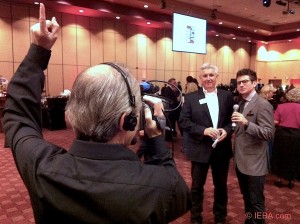
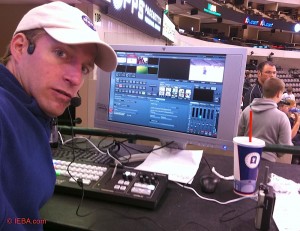
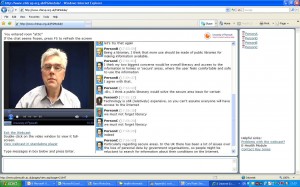
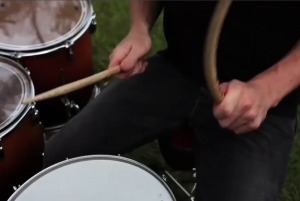






Recent Comments